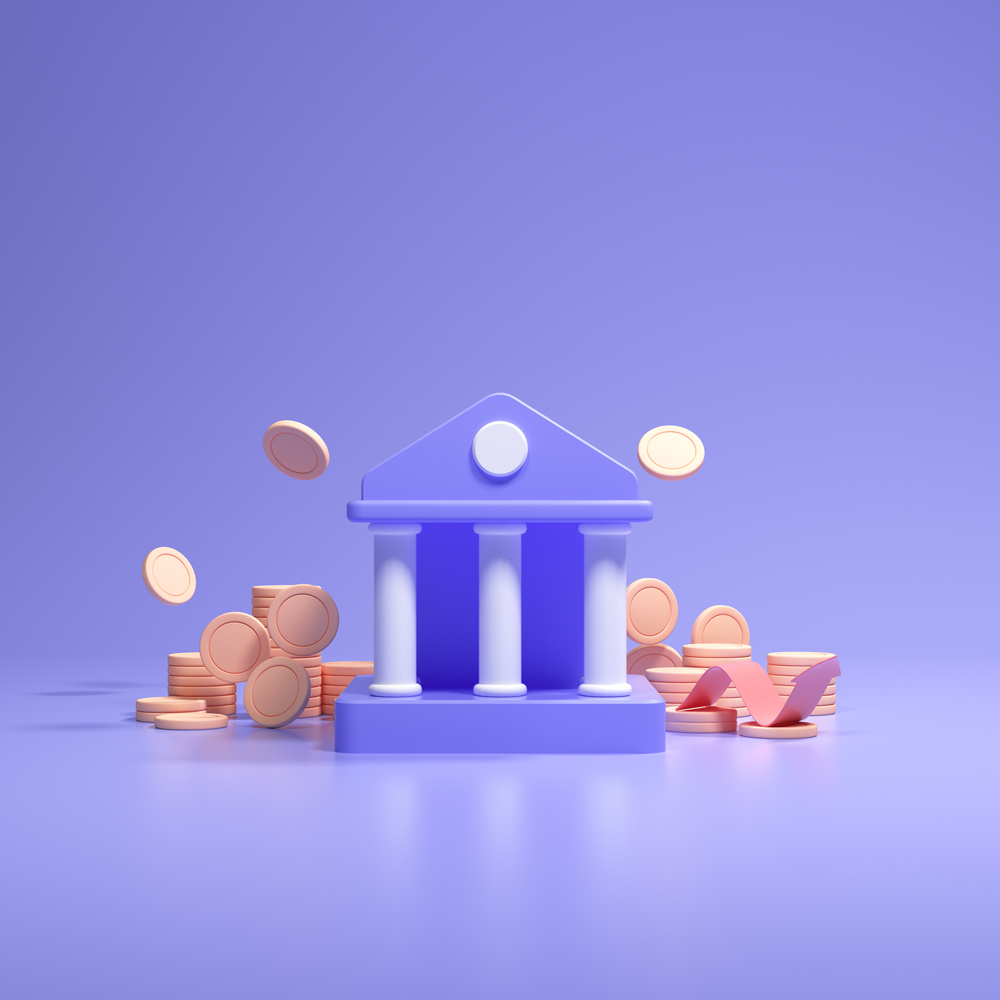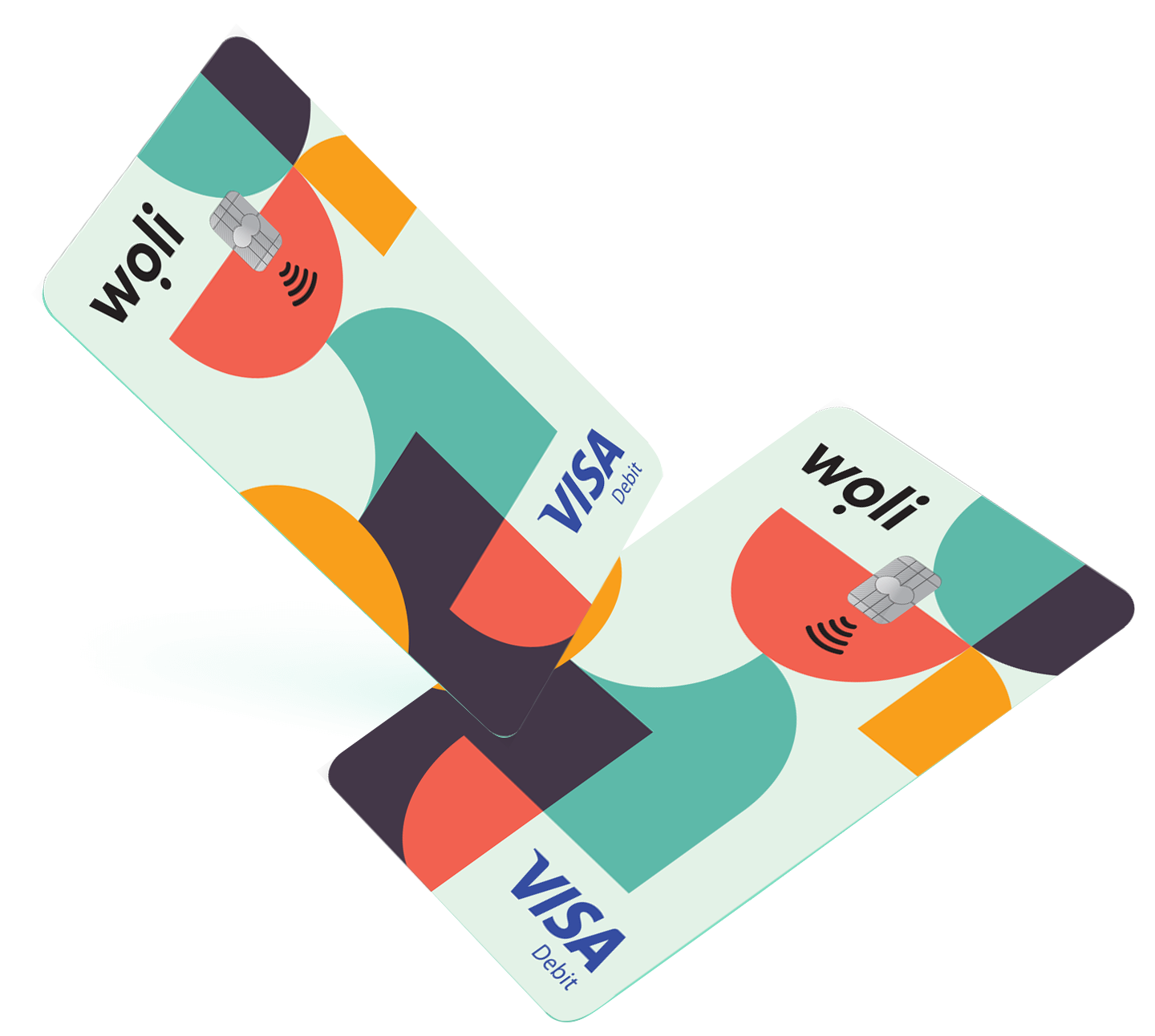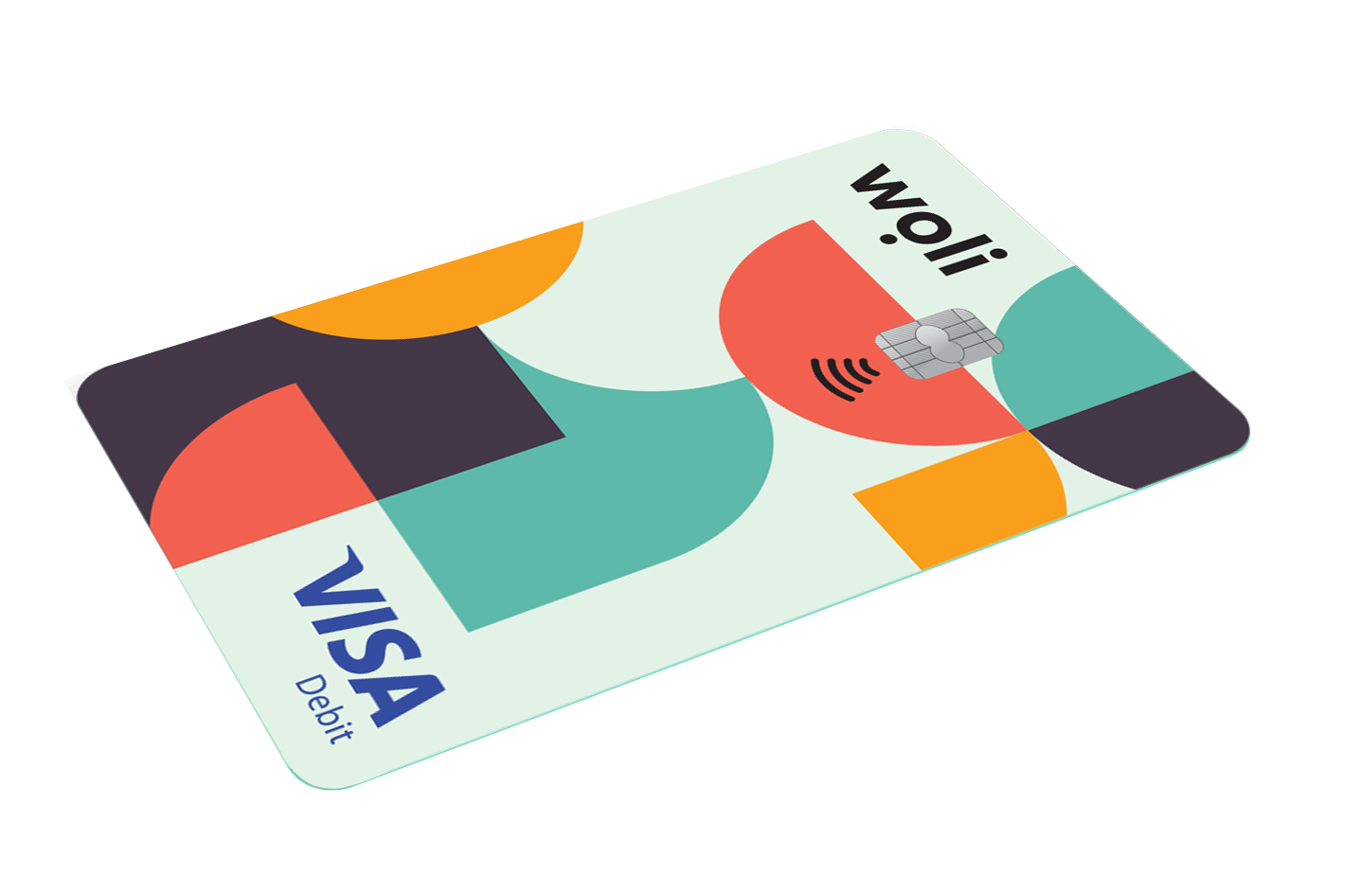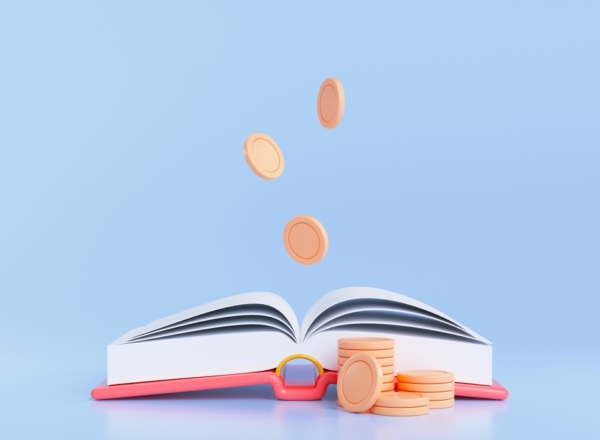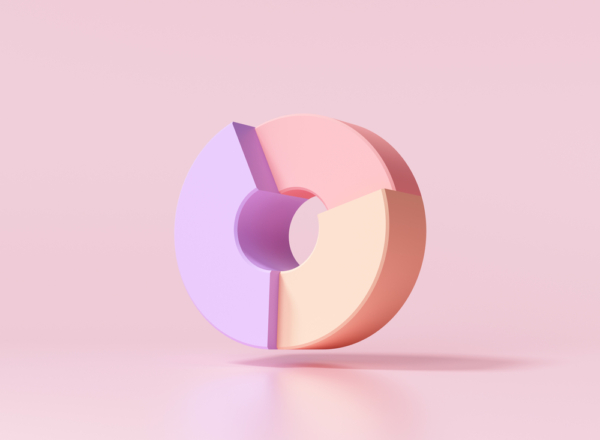Money! Coins, banknotes, cards! Whatever form they take, they are necessary for us to obtain goods that will satisfy our needs or fulfill our desires.
And if you think about it well, they are basically a means of exchange. The idea behind every purchase is that you exchange the money you have for a product or service. Exchange is the key behind every financial transaction. It exists in humanity long before money starts to appear as you know it. Let’s take a walk back in history!
Barter – an ancient “give and take”
Over 100,000 years ago, people exchanged the goods they produced with each other. This process was called barter. In order for the exchange to take place, two producers had to be found, whose products of one would be useful for the other, and vice versa.
Barter operated in the early societies and still operates today in some indigenous tribes that do not use money but exchange their products with other tribes. But it also creates many problems as it is not always easy to find people who have complementary needs. Even if they are found, it is very difficult to decide what is the correspondence between the value of the goods to be considered fair exchange.
The “symbolic” money
With the method of exchange, people were confronted with two serious questions. How do we understand whether the exchange is fair, that is, how do we agree that the goods we exchange are of equal value? Also, how do we determine how much a good is worth, what do we compare it to? Searching for the answers, people were led to discover the first symbolic “money”, which they exchanged for the products. This money had various forms depending on the time period and culture. Various materials have been used as money from time to time – iron tools, beads, feathers, animals, pieces of cloth, tobacco, salt, etc. For example, 3000 years ago in China, and somewhat later in India, Thailand and Africa, they even used sea shells (kauri) as money.
Coins – banknotes
But as societies evolved and trade grew, there was a need for the emergence of money with specific value. So the first coins were made of various metals. First, coins were made of copper and iron because they were durable and well known from weapons manufacturing. These were replaced by silver and then by gold coins, since gold is the most durable metal with the greatest value.
Banknotes first appeared in China during the Song dynasty. They were known by the name “Jiaozi” and were much more manageable than heavy gold coins.
… reaching today
Today we now use coins, banknotes, cards, cheques, cryptocurrencies, bonds -, money in various forms and specific value. But, how important is it to know about them? Very important!
In Woli Classroom you will learn to recognize the various types of money, its value, the ways to use it and its potential. Also, you will learn the ways in which you can “exchange” your money fairly through a financial transaction in order to manage your life better!

